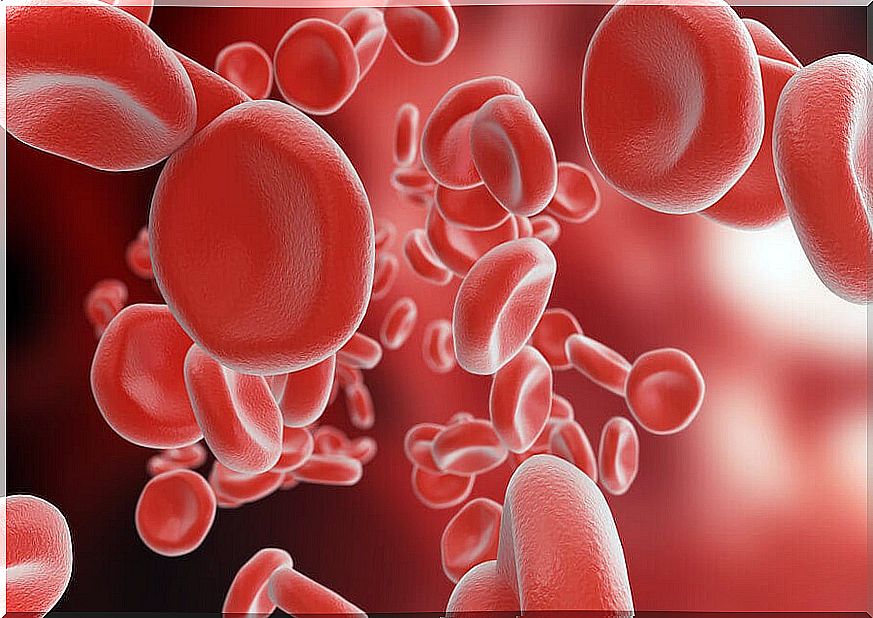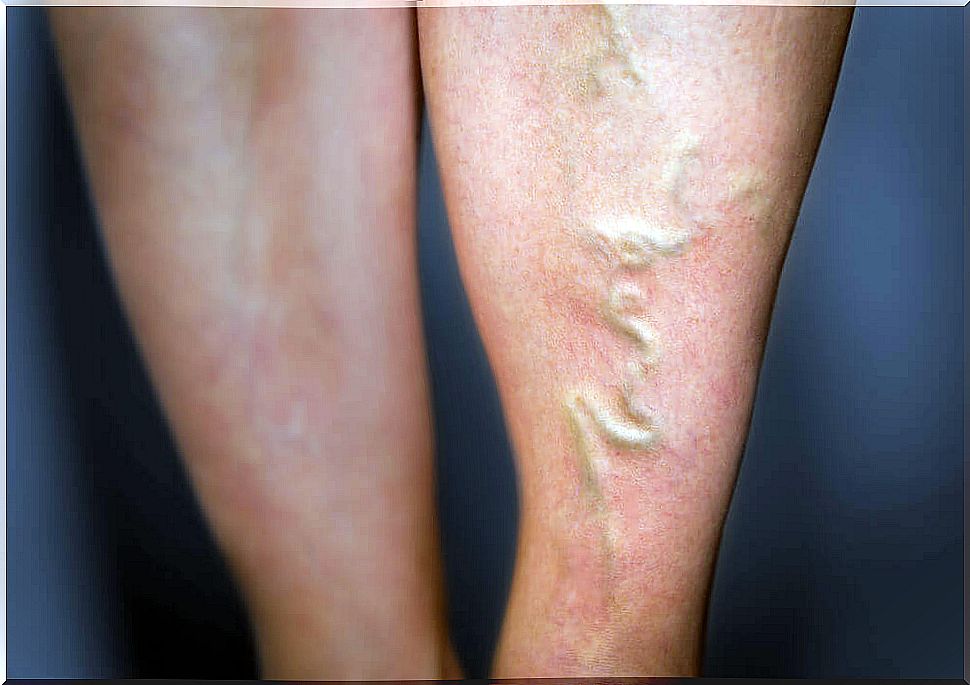What Is A Thromboembolism?
Talking about thromboembolism is equivalent to talking about venous thromboembolic disease. Both terms refer to the same set of situations that share a common denominator. Venous thromboembolic disease includes:
- Deep venous thrombosis.
- Pulmonary embolism
- Post-thrombotic syndrome.
Deep vein thrombosis or DVT is the formation of a blood clot in one of the body’s veins. The most common place of location is the deep veins of the lower limbs. It can also originate elsewhere, although much less frequently.
In general, the next step after deep vein thrombosis, if left untreated, is pulmonary embolism. It happens that the deep vein clot breaks off and travels through the circulatory system. The thrombus is said to have turned into an embolus, eventually getting stuck in a pulmonary vein.
Changes occur in the place where the clot that gave rise to the deep vein thrombosis was located. The changes in question are to blame for post-thrombotic syndrome. The legs that harbored the thrombus swell, turn blue, and may even ulcerate.
Risk factors for thromboembolism
As we have seen, thromboembolism requires the formation of a clot in the first instance. And for blood clots to form in the veins, certain conditions need to be met.
Therefore, there are people with certain risk factors who are more likely to suffer thromboembolism than others. It is in these people that the previous precautions should be taken to avoid complications.
A risk situation is venous injuries. When there have been large fractures that hurt the walls of the veins, or injuries to the muscles that contain venous tracts within them, the site can be thrombosed.
Prolonged prostration is also at high risk. This can happen to patients who are undergoing major surgeries and are given extensive bed rest to recover. Those who wear a cast for fractures, especially in the lower limbs, are also susceptible to thromboembolism.
In women, any period of life with increased estrogen increases the possibility of deep vein thrombosis. Menopausal women who are prescribed hormone replacement therapy should be closely followed, considering that such therapy is carried out with artificial estrogens.
Also at risk are those who:
- Have previously suffered from deep vein thrombosis.
- They suffer from obesity, especially morbid obesity.
- They have coagulation diseases.

Symptoms
All three forms of thromboembolism or venous thromboembolic disease have their particular signs. In deep vein thrombosis or DVT it can happen that the patient does not know about his condition. It is a pathology that sometimes occurs in silence until it manifests itself with major and dangerous signs.
Symptoms of DVT include swelling of the thrombosed site, change in skin color, and pain. The most common location is the legs.
When the problem progressed and the pulmonary embolism was generated, the symptoms are acute and express a risk of life. They are evidence that a clot has migrated to the lung, obstructing the flow there.
A person with a pulmonary embolism experiences dyspnea – that is, shortness of breath – and chest pain that worsens with breathing. Sometimes the embolus coughs up blood, the technical name for which is hemoptysis.

Prevention of thromboembolism
Thromboembolism is quite common. Let us consider that for every one hundred thousand inhabitants, there are an average of one hundred and fifty cases a year. In addition, the older the prevalence is.
On the other hand, venous thromboembolic disease still has a high lethality. It is estimated that up to 10% of deaths within hospitals are attributable to an episode of thromboembolism. In the general population, it is the third leading cause of cardiovascular death.
Therefore, prevention is essential. The necessary measures must be taken to avoid the formation of clots, thrombi and emboli, especially in those people who would be more prone to suffer them. To do this, it is advised:
- Mobilization as quickly as possible of patients bedridden by surgery or injuries.
- Use of controlled anticoagulants in people with risk factors.
- Use of compression stockings in individuals with lower limb varicose veins.
- Control of body weight.
- Carrying out physical activity that involves the legs in people with a tendency to sedentary lifestyle.
And, before the appearance of any symptoms suggestive of thromboembolism, consult immediately with the doctor or specialist. It is a condition that does not allow loss of time. Treated at the right time, it can save your life.








